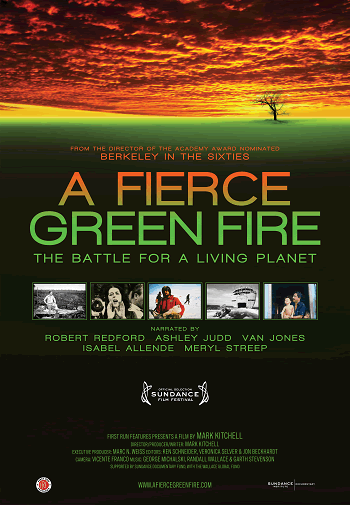 Length: 101 minutes (1 hour, 41 minutes)
Length: 101 minutes (1 hour, 41 minutes)
Age appropriateness: A Fierce Green Fire: The Battle for a Living Planet is not officially rated in the United States. It is appropriate for classroom viewing by students in grades 7-12. The only caveat is that teachers should forewarn students about a few brief gruesome images of animal killing (such as Greenpeace footage of baby seal hunting).
Creators and stars: Adrian Cowell, Amory Lovins, Ashley Judd, Barbara Bramble, Bill McKibben, Robert Bullard, Carl Pope, Chico Mendes, David Brower, David Denny, Doug Scott, E.O. Wilson, Garth Stevenson, George Michalski, Isabel Allende, Jennifer Morgan, Jerry Mander, Joe Romm, John Adams, Ken Schneider, Lee Swenson, Lois Gibbs, Marc N. Weiss, Mark Hertsgaard, Mark Kitchell, Martin Litton, Meryl Streep, Paul Hawken, Paul Relis, Paul Watson, Philip Shabecoff, Randall Wallace, Rex Weyler, Robert Redford, Stephanie Mills, Stephen Schneider, Stewart Brand, Thomas Lovejoy, Todd Boekelheide, Tom Turner, Van Jones, Vicente Franco, Vijaya Nagarajan, Wangari Matthai, Wolfgang Sachs
Accuracy: A Fierce Green Fire offers an accurate overview of the history of the environmentalism movement in the United States and around the world, from conservationists at the turn of the last century, to activists working around the globe today.
Review: "A Fierce Green Fire: The Battle for a Living Planet" offers a summary of the environmentalism movement. It is divided into five acts: (1) Conservation, (2) Pollution, (3) Alternatives, (4) Going Global, and (5) Climate Change. Each act marks a stage in the movement's development.
At last, a documentary film offers a history of the environmentalism movement. A Fierce Green Fire offers archival footage and interviews with leaders in ecology, animal protection, and conservation. Despite its ubiquitous presence, or perhaps because of it, many people fail to grasp the impact that this movement has had and continues to have. This movie (relatively brief, at well under two hours) summarizes the major developments, starting with the birth of the national parks under the leadership and guidance of President Theodore Roosevelt and John Muir.
"Act I: Conservation" covers the birth of America's national parks through early efforts to tap these parks' resources, most notably the threat posed to the Grand Canyon by a proposed dam. "Act II: Pollution" focuses on the activism of Lois Gibbs in exposing the harmful chemicals dumped in the ground in Love Canal. "Act III: Alternatives" covers everything from the development of alternative energy sources to the birth of Greenpeace. "Act IV: Going Global" illustrates the spread of environmental activism throughout the world, including the work of Chico Mendes to protect the rainforest of Brazil. "Act V: Climate Change" covers recent efforts to combat climate change through international political agreements, such as the Kyoto Protocol.
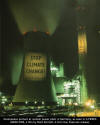 If you are looking for an accessible documentary to show students the history and breadth of environmentalism, A Fierce Green Fire is a wonderful tool. It is easy to follow and understand, although students will need a bit of background knowledge on environmental issues first. While ecological and conservational issues are discussed, they are not explained. That is, this film is not Al Gore's "An Inconvenient Truth," with lots of scientific data explained to the audience. This film is a history of a movement, and although it is clear that the filmmakers support this movement, it is not per se a plea to join the movement. In other words, don't expect a lot of scientific explanations of why climate change is happening. Rather, expect a brief statement to the effect that climate change is happening, followed by a history of what activists have done to thwart it.
If you are looking for an accessible documentary to show students the history and breadth of environmentalism, A Fierce Green Fire is a wonderful tool. It is easy to follow and understand, although students will need a bit of background knowledge on environmental issues first. While ecological and conservational issues are discussed, they are not explained. That is, this film is not Al Gore's "An Inconvenient Truth," with lots of scientific data explained to the audience. This film is a history of a movement, and although it is clear that the filmmakers support this movement, it is not per se a plea to join the movement. In other words, don't expect a lot of scientific explanations of why climate change is happening. Rather, expect a brief statement to the effect that climate change is happening, followed by a history of what activists have done to thwart it.
A Fierce Green Fire can fit into nearly any unit on modern U.S. history, from studies of activism in the 1960s, to the rebirth of conservatism in the 1970s, to modern issues. Useful lists of discussion and recall questions, as well as vocabulary terms and names, are provided below. |






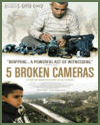

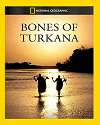

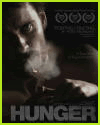


 Length: 101 minutes (1 hour, 41 minutes)
Length: 101 minutes (1 hour, 41 minutes)






